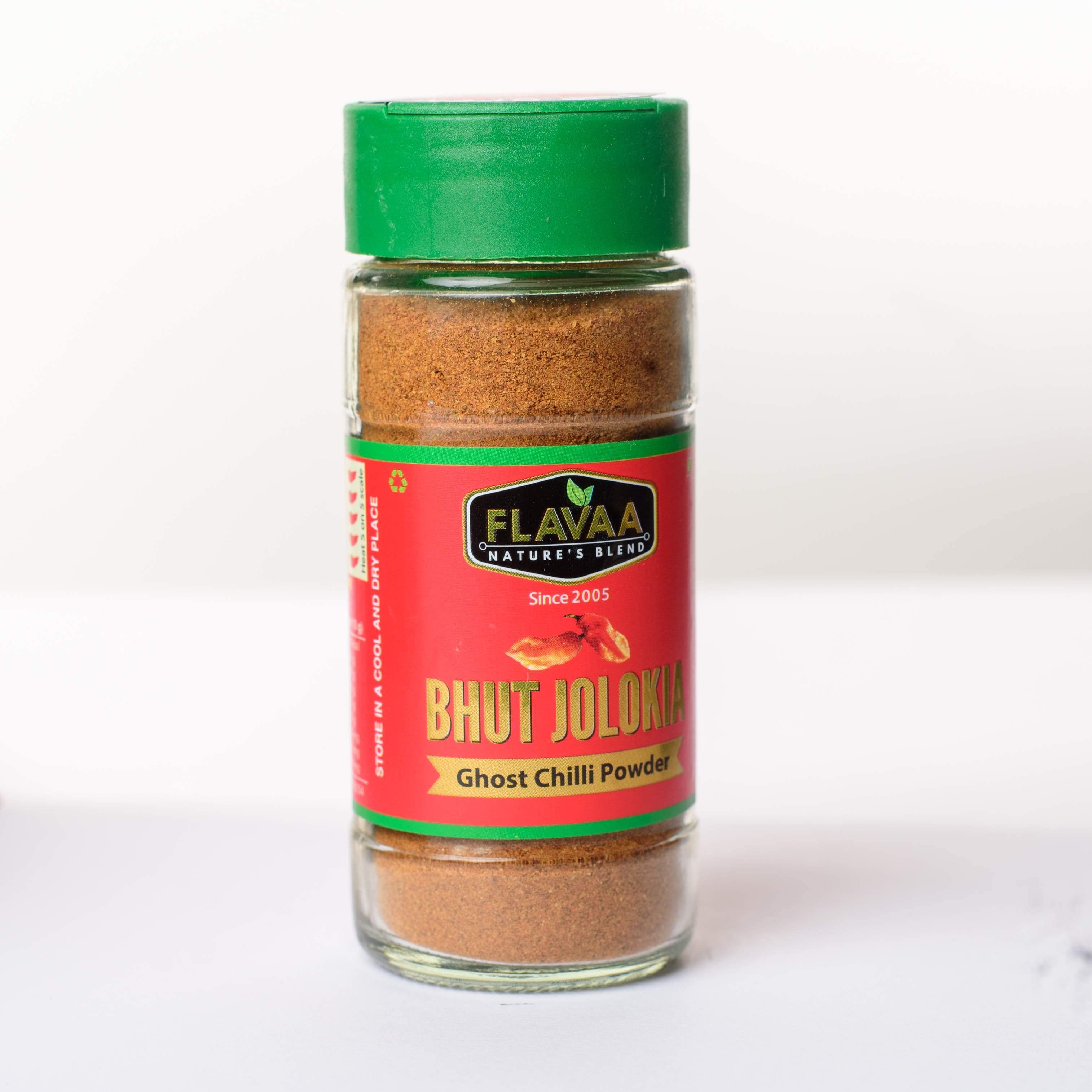You have no items in your shopping cart.
What is the Scoville Heat Scale? How hot is a chilly or pepper variety?

The Scoville Heat Scale.
The Scoville Heat scale is often associated with peppers and one wonders what is the scale all about.The basic understanding of this in layman’s language is easy to decipher the bigger the number on the scale the hotter the pepper.But as humans full of curiosity we would definitely like to know more about this heat scale specially if you are a spice lover or a spicy food enthusiast.
The historical background remains an important part to put this hat scale into perspective.The scale was created by the American Pharmacist Wilbur Scoville in 1912.The Scoville Ornganoleptic Test confides with the heat scale to determine the level of heat in peppers.The test was developed by Scollive who was a chemist as well as an ardent lover of spicy food .The test was first developed to aid Scoville in the pharmaceutical company.The scale was used to measure the amount of Capsaicin in the pain reliever called the Heet Liniment which was produced by the largest Detroit based pharmaceutical company in America called the Perke-Davis where he was employed.Scoville used this scaled to measure the unit of capsaicin present in each pepper so that every package of Heet Liniment had the appropriate amount of Capsaicin.
The Scoville Organoleptic Test.
The Scoville Organoleptic test which is used to measure the heat in hot peppers depended on the opinion of the panelist.The panel of testers usually contained five members who were experienced and had the expertise in testing as well as tolerating the heat of the peppers.
The pepper that needed to be examined was weighed and dried before being dissolved using alcohol.The dissolving ensures that the capsaicin in the pepper can be easily extracted.Capsaicin is the source from which hot peppers derive their heat.After the capsaicin is extracted it is diluted with sugar water .With each dilution the tester tastes the level of capsaicin .The process of dilution goes on till the tester can no longer feel the heat.The dilution is stopped until the majority of the testers can no longer feel the heat,the majority consists of three out of five testers.Each dilution equals one scoville heat unit or SHU.Therefore the number of dilutions determines the heat of the pepper in question.
Capsaicin ,peppers and their position in the heat scale.
Capsaicin is a substance found in all hot peppers and is more concentrated towards the inner flesh and seeds of the pepper.The compound irritates humans and animals alike by producing a burning sensation and more the capsaicin in the pepper more pungent the heat.
The grading of peppers in the heat scale is done from low to high.The bell pepper comes at the bottom of the scale because it has 0 SHU similarly in the higher ranks we have the police grade pepper sprays which have about 5,300,000 SHU and its hotter than any hot pepper to be found.The pepper sprays are just a slightly diluted version of pure capsaicin and its extremely hot and pungent.
Pure capsaicin is about 16,000,000 SHU and it has to be diluted about the same number of times till the heat goes out.
There are peppers which are lower in the scale but higher than the bell pepper and definitely very very low as compared to the pepper sprays.For example we have the Jalapeno peppers which are about 5,000 SHU and Pablano peppers which are about 1250 SHU .The sweet peppers consists of somewhere about 100 to 500 SHU.But the important factor to be kept in mind is that every individual pepper from the species might not have the same SHU,every pepper has its own range of SHU and also an average SHU in terms of the species to which it belongs.
Limitations of the Scoville Organoleptic test.
The Scoville Organoleptic test is not without limitations and controversy.One of the limitations which the test has is that it is subjective in nature and it depends on the taster’s palate and also on the amount of mouth heat receptors which vary from person to person.The other weakness this test has is the sensory fatigue that most taster’s have after the palate is immune to the capsaicin after testing a lot of them over the time.Hence the results often vary in laboratories by few units.
HPLC(High performance liquid chromatography)
HPLC is the latest method that is used to decipher the amount of capsaicin in peppers to determine the heat level of the pepper in question.It has more accuracy as compared to the Scoville Organoleptic test as it does not depend on individual taster’s and almost gives an accurate result.Even though HPLC is mostly used by today the measure of heat in peppers is still done by the SHU units.
Worlds Top 10 hottest peppers.
According to the Guinness book of world records these are the top 10 hot peppers who rank the highest in the heat level according to SHU.
- Carolina Reaper—hottest: 2,200,000 SHU, average: 1,641,000 SHU
- Trinidad Moruga Scorpion—hottest: 2,009,231 SHU
- 7 Pot Douglah—hottest: 1,853,936 SHU
- 7 Pot Primo—hottest: 1,469,000 SHU
- Trinidad Scorpion, aka Butch T—hottest: 1,463,700 SHU
- Naga Viper—hottest: 1,349,000
- Ghost Pepper, aka Bhut Jolokia—hottest: 1,041,427 SHU
- 7 Pot Barrackpore (tied)—hottest: 1,000,000 SHU
- 7 Pot Red, aka the Giant (tied)—hottest: 1,000,000 SHU
- Red Savina Habanero—hottest: 500,000 SHU
As of now these peppers are considered the hottest but this list is never stagnant and it keeps on changing with discovery of new peppers everyday.
Keywords
Scoville heat scale,capsaicin.












